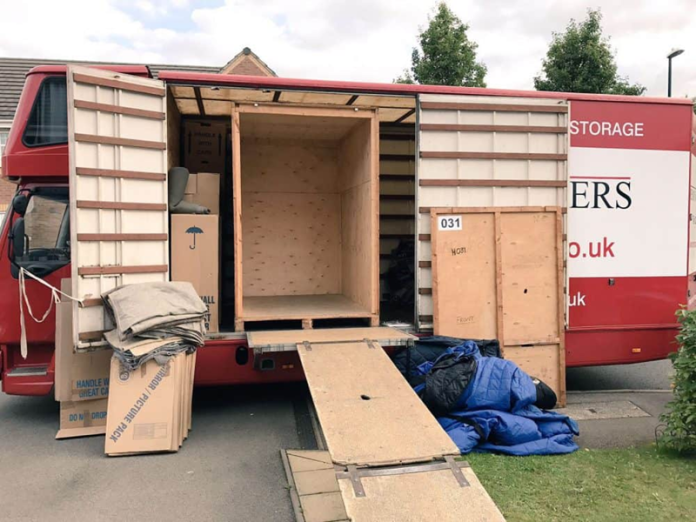Moving to a new home can be an exciting journey, but the process of packing up your entire house can feel overwhelming. With a bit of planning and organization, however, you can streamline your packing experience and reduce the stress that often comes with a move. Here are some essential tips to help you pack your house for removal efficiently.
1. Start Early and Create a Plan
Moving day will arrive sooner than you think, so it’s essential to start the packing process early. Create a plan or a timeline that outlines which rooms or items you’ll tackle each day. This way, you can gradually work through the house without feeling rushed.
2. Gather the Right Packing Supplies
To protect your belongings, it’s crucial to have quality packing materials. Stock up on items such as bubble wrap, packing paper, strong adhesive tape, and durable moving boxes. When packing larger or heavier items, consider using these Gaylord boxes for extra stability. These sturdy boxes are ideal for holding bulky or awkwardly shaped items, providing greater durability during transportation.
3. Declutter and Organize
Before you start packing, take time to declutter each room. Moving is the perfect opportunity to decide which items you genuinely need and which you can donate, sell, or discard. The fewer items you have to pack, the quicker and more cost-effective the move will be. Organize items into categories such as “keep,” “donate,” “sell,” and “trash” as you go along.
4. Pack Room by Room
Packing room by room helps you stay organized and prevents confusion when unpacking. Start with rooms that are less frequently used, like guest bedrooms or storage areas, and save essential rooms like the kitchen for last. Label each box with the room it belongs to, and include a brief description of its contents. This step will save you time when unpacking in your new home.
5. Pack Fragile Items Carefully
Wrap fragile items, like glassware and ceramics, individually in bubble wrap or packing paper to prevent breakage. For added protection, place these items in smaller boxes within a larger box. Fill any gaps with packing peanuts or crumpled paper to minimize movement during transit. Remember to mark boxes containing fragile items with a “Fragile” label so movers handle them with care.
6. Use Plastic Wrap and Ziplock Bags for Smaller Items
Plastic wrap can be handy for bundling items together, especially when dealing with kitchen utensils, cords, or office supplies. For smaller parts and screws, use ziplock bags and tape them to the item they belong to. This practice will save you the hassle of hunting for small pieces later on.
7. Keep Important Documents and Valuables Separately
Place all essential documents, like passports, contracts, and medical records, in a folder and keep it with you during the move. Similarly, valuables such as jewelry and sentimental items should be packed separately and transported in your personal vehicle to ensure their safety.
8. Prepare Furniture for Moving
Disassemble any large furniture that can be taken apart, as this will make it easier to transport and protect against damage. Label any hardware in ziplock bags so you can quickly reassemble items in your new home. Wrap furniture with moving blankets to prevent scratches and dents.
9. Pack a “First Day” Box
Your first day at a new house can be hectic, so prepare a “first day” box with essential items you’ll need right away. Include things like toiletries, a change of clothes, cleaning supplies, and any medications. This box will make your first night in your new home more comfortable and save you from digging through boxes.
10. Hire Professional Movers
For a smoother experience, consider hiring professional movers to assist with heavy lifting and transporting items. Professional movers have experience with packing fragile items, loading trucks efficiently, and ensuring your belongings arrive safely. If budget allows, the added support can significantly ease your moving day.
Final Thoughts
Packing up a house for removal may seem like a big job, but with these tips, you can simplify the process and feel more organized as you move to your new home.
By starting early, staying organized, and using the right supplies, you’ll be well-prepared for a successful move. Good luck, and happy moving!















